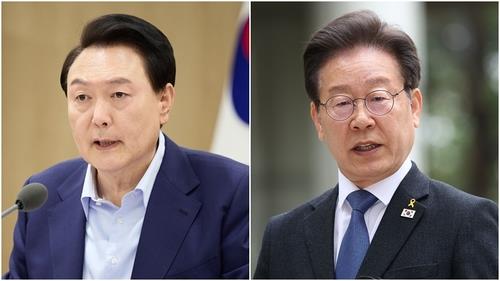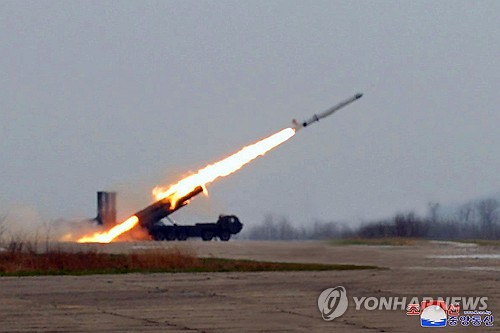(EDITORIAL from Korea Herald on Dec. 19)
Dealing with nuclear waste
Gyeongju site is just the beginning
The much awaited nuclear waste facility in Gyeongju will begin operations next year following final approval by the Nuclear Safety and Security Commission last week.
The Wolseong Low and Intermediate-Level Radioactive Waste Disposal Center, consisting of six silos some 80 meters underground, can hold up to 100,000 barrels of radioactive waste.
A second-phase construction is underway to add a 125,000-barrel holding unit to the site, which is designed to store 800,000 barrels of nuclear waste over the next 60 years before it is sealed off.
A total of 23 nuclear reactors are responsible for about one-third of all power generated in Korea and produce 2,300 barrels of low- and intermediate-level radioactive waste each year.
The country's first low- and intermediate-level radioactive repository was realized some 28 years after the country started looking for a site. Gyeongju, North Gyeongsang Province, was selected in 2005 after votes in four candidate cities. Almost 90 percent of voters in Gyeongju approved of the facility.
To win over communities that did not want a hazardous waste facility in their midst, the government promised 300 billion won in community support. The local community would also receive annual fees in addition to the initial grant.
The Gyeongju facility is just the first step. The country has yet to draw up a plan for dealing with the growing piles of spent nuclear fuel rods. Some 750 tons of spent fuel are produced each year by the country's 23 nuclear power reactors.
Currently, spent fuel rods are stored temporarily on the reactor site pending the building of a centralized storage facility. About 13,250 tons were stored in different nuclear reactor sites as of end-2013 and it is estimated that the sites will become full incrementally between 2016 and 2038.
The Public Engagement Commission of 15 nuclear experts, academics, city council members and a representative of an environmental watchdog group was formed last year to engage the public in discussions about the spent nuclear fuel issues so that their opinions could be incorporated into policy decisions. The Ministry of Trade, Industry and Energy is expected to draw up a plan for disposing of spent fuel based on recommendations by the commission.
So far, the commission has released an interim report suggesting that a permanent disposal facility must be completed by 2055. It has not said where it could be built or what type of storage could be employed. The commission, in the meantime, has extended its mandate to June 2015.
The Gyeongju site for low- and intermediate-level radioactive waste took 28 years to complete. A facility for the more hazardous spent fuel rods will be much more controversial. Hence, the building of a permanent storage site for spent nuclear fuel rods is an urgent matter that requires immediate government attention.
The government should also continue to pursue reprocessing of spent fuel, currently banned under the 1973 Korea-U.S. Atomic Energy Agreement. In 2013 the two sides agreed to extend the agreement, due to expire in March 2014, until March 2016 following a failure to reach an agreement on its renewal. Under the 1973 agreement, Korea is banned from enriching uranium and reprocessing spent fuel.
For the U.S., reprocessing is a nuclear proliferation issue; for Korea, it is also an environmental issue with implications not just for today but for generations to come.
(END)
-
 Overdue debut of Korean abstract art pioneer Yoo Young-kuk at Venice Biennale
Overdue debut of Korean abstract art pioneer Yoo Young-kuk at Venice Biennale -
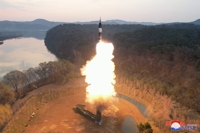 Defense chief says N. Korea's hypersonic missile 'unsuccessful' in last-stage glide flight
Defense chief says N. Korea's hypersonic missile 'unsuccessful' in last-stage glide flight -
 Relax, immerse yourself in scents at Venice Biennale's Korean Pavilion
Relax, immerse yourself in scents at Venice Biennale's Korean Pavilion -
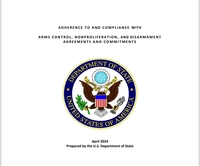 N. Korea has capability to genetically engineer biological military products: U.S. report
N. Korea has capability to genetically engineer biological military products: U.S. report -
 S. Korea marks 30th anniv. of Korean Pavilion at Venice Biennale with contemporary art
S. Korea marks 30th anniv. of Korean Pavilion at Venice Biennale with contemporary art
-
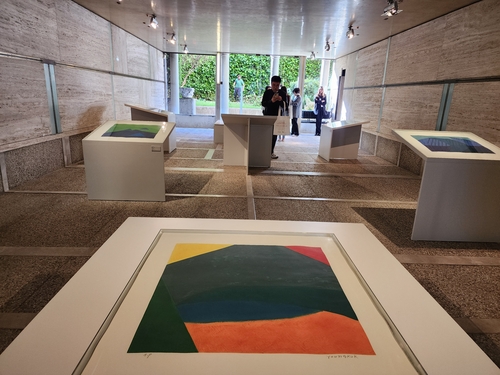 Overdue debut of Korean abstract art pioneer Yoo Young-kuk at Venice Biennale
Overdue debut of Korean abstract art pioneer Yoo Young-kuk at Venice Biennale -
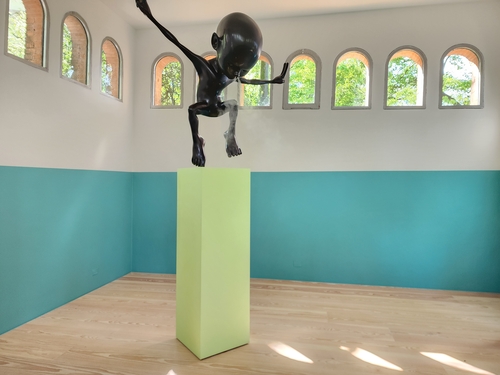 Relax, immerse yourself in scents at Venice Biennale's Korean Pavilion
Relax, immerse yourself in scents at Venice Biennale's Korean Pavilion -
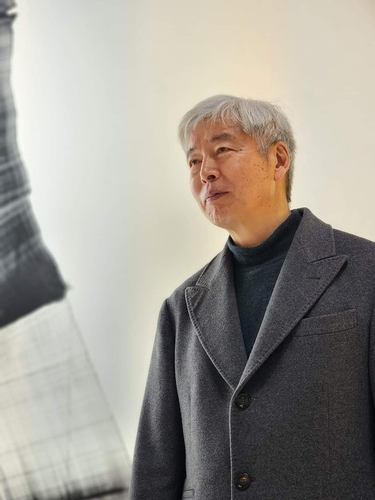 Artist Lee Bae captures ethereal Korean aesthetics at Venice Biennale
Artist Lee Bae captures ethereal Korean aesthetics at Venice Biennale -
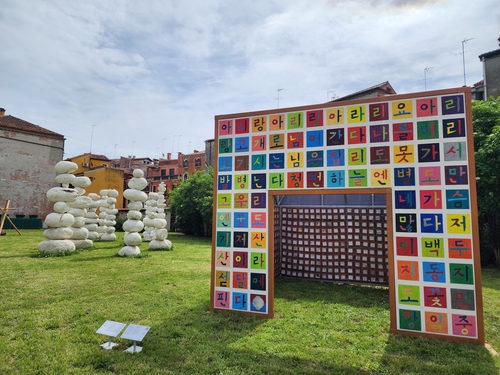 S. Korea marks 30th anniv. of Korean Pavilion at Venice Biennale with contemporary art
S. Korea marks 30th anniv. of Korean Pavilion at Venice Biennale with contemporary art -
 Defense chief says N. Korea's hypersonic missile 'unsuccessful' in last-stage glide flight
Defense chief says N. Korea's hypersonic missile 'unsuccessful' in last-stage glide flight










